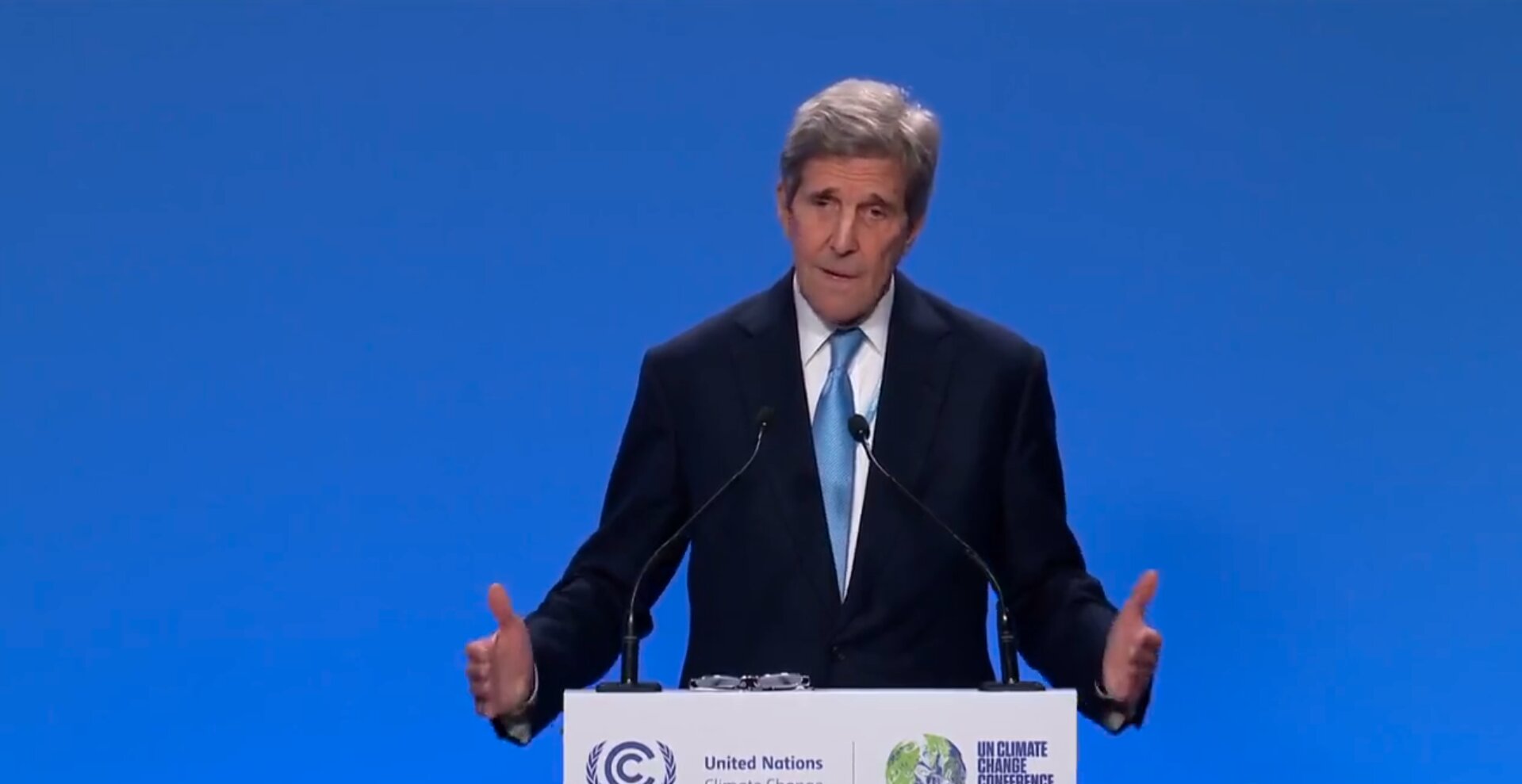White House Climate Envoy John Kerry insists that the issue of China’s use of forced labor to build solar panels is not in his “lane” as the U.S. announced a new agreement to combat climate change.
After the deal was announced, Kerry was asked, “How in the several months of meetings behind the scenes with China did you bring up some of those very contentious issues, such as the use of forced labor in Xinjiang for building solar panels. How did you address it, and how did you kind of overcome it?”
“Well, we’re honest about the differences. And we certainly know what they are, and we’ve articulated them. But that’s not my lane here,” Kerry, who served as the nation’s top diplomat under former President Barack Obama, said.
He added, “My job is to be the climate guy.”
Watch the video below:
John Kerry is asked about China using slave labour to build solar panels.
— The Post Millennial (@TPostMillennial) November 11, 2021
John Kerry: "That's not my lane here" pic.twitter.com/YW57FYIjz4
Kerry’s comments come after the U.S. and China signed an agreement to work together to combat climate change.
Kerry labeled the agreement “a road map for our future collaboration” to lower greenhouse gas emissions.
In a statement to Fox News, a State Department spokesperson said Kerry spent his career as a senator and secretary of state “standing up for human rights and defending democracy.”
“As Secretary Kerry has said from the start, the United States and China have mutual interests in solving the climate crisis while there’s still time, even when we fundamentally disagree on other critical issues,” the statement added.
In August, the U.S. banned the import of solar panels made by at least three China companies citing information “reasonably indicating” that forced labor was used in their construction.
The Washington Post noted, “Chinese companies dominate global production of solar panels, with many using raw materials from Hoshine, the world’s largest producer of metallurgical-grade silicon.”
“Solar is the fastest-growing source of new electricity generation in the United States, according to the Biden administration, which is aiming to boost it from 3 percent of electricity generation today to more than 40 percent by 2035,” it added.

























 Continue with Google
Continue with Google